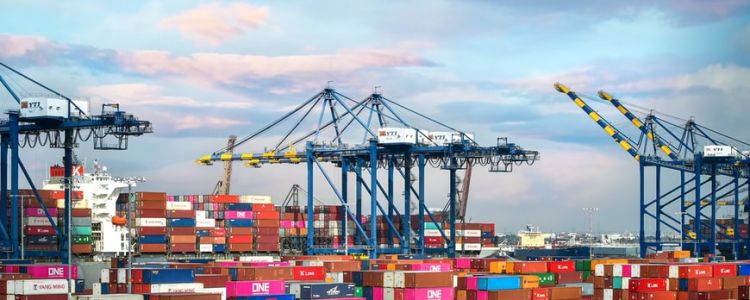Assess Trade-Based Money Laundering Risk with AML-TRACE

Violators exploit several loopholes of the cross-border trade process to launder money. AML-TRACE is a one-time installation automated software that tracks such illicit activities even when they occur under the radar.
Assessing risk is possible only after it has been identified; this is the function of risk indicators. These vary across businesses as per varying business needs. Also, generally, these risk indicators keep changing even across a particular company from time to time.
Keep in mind that a risk indicator only demonstrates the likelihood of suspicious activities. Also, a single indicator revealing a high-risk customer does not alone warrant suspicion of trade-based money laundering risk. Besides, it doesn’t necessarily provide a clear indication of such activity. It only prompts further monitoring and examination, as required.
However, if multiple indicators reveal a high-risk customer, this warrants a closer examination.
What are the types of risk indicators?
1. Structural Risk Indicators
These include the legal structure, footprint, business activities, and presence of the parties involved in the trade transaction. The indicators are:
- The company has offices or is registered or in a jurisdiction with weak AML/CFT compliance.
- A trading entity having no online presence.
- The entity does not comply with regular business obligations like filing VAT returns.
2. Account and Transaction Activity Risk Indicators
There are specific patterns of behaviors associated with how a violating trading party uses/manages its account–like an increase in cash usage or trade volume. The indicators are:
- Payments occur in a continuous circular pattern. When funds are released from one country, they are ultimately received by officials in the same country after passing through other countries.
- Changes to payment arrangements for the transaction are delayed or made very late by the trading entity.
3. Trade Activity Risk Indicators
The erring parties execute certain features or attributes of the trade transactions. The indicators are:
- The parties engage in complex trade deals involving many third-party intermediaries in inconsistent lines of business.
- The trading entity keeps displaying unreasonably low-profit margins in its trade transactions.
- The person/organization unconventionally uses financial products.
4. Trade Document and Commodity Risk Indicators
These bring forth the potential risks associated with trade documentation like invoices, contracts, and quantity reports. The indicators are:
- Invoices, contracts, or other such trade documents displaying prices that are not in line with commercial considerations. The prices significantly fluctuate from previous similar transactions or are inconsistent with market value.
- Contracts supporting complex trade transactions seem to be unusually simple.
Which economic sectors or products are vulnerable to trade-based money laundering?
- High-value, low-volume sectors or products (like precious metals) and low-value, high-volume sectors or products (like second-hand textiles)
- Goods with extended trade cycles (as these are shipped across multiple jurisdictions), wide pricing margins, and those which are difficult to examine for customs authorities.
With AML-TRACE, which can be deployed in-site and on-Cloud, you carry out effective customer screening and transaction monitoring and thus, minimize financial fraud risk while improving business competencies. Talk to us to know more.